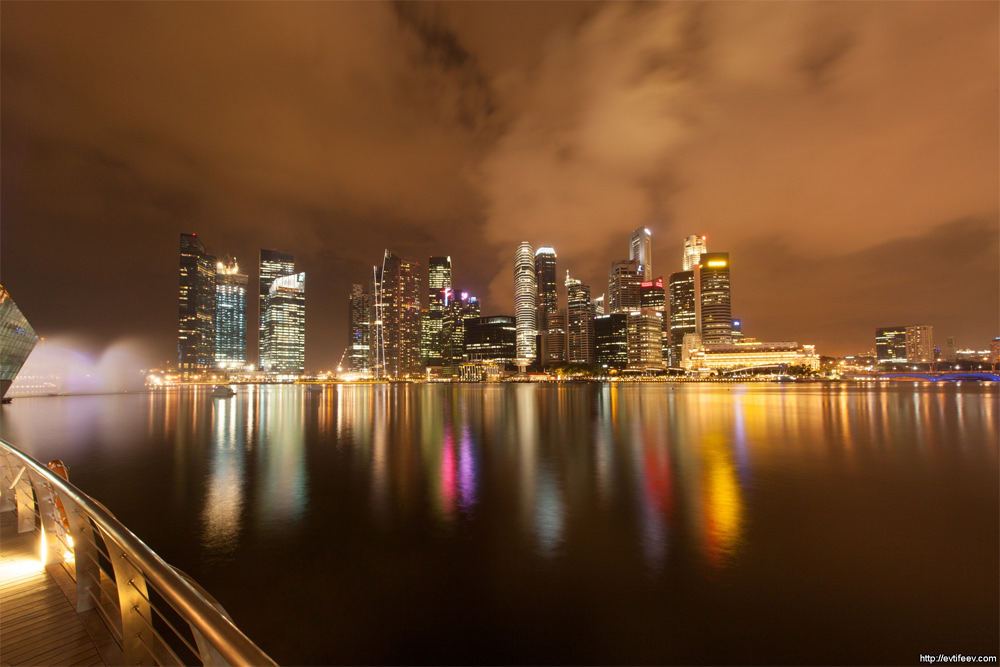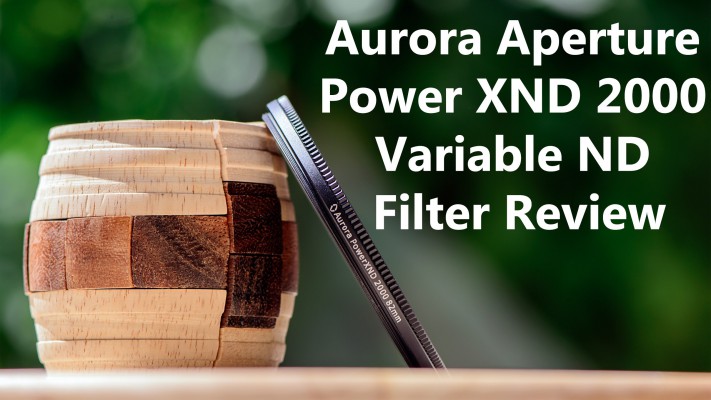Honestly, before you do anything like long exposure you must learn the theory first. It's not a random hit and miss, every single setting is calculated precisely. This is one of the first lessons I often teach others (in the past), and the very first lesson in long exposure.
1) Before you start anything, you *have* to meter the scene. Take a normal photo without any filter, does it look ok? If nothing is blown, what is the setting? For this example, let's say the camera gave you 1/30, f8, ISO 100.
2) Put in your filter. How many stops is it? 10 stops?
3) Then multiply the shutter speed by 2. Do this 10 times because you are using a 10 stop filter. Hence, 1/30s will become 30s. Therefore,
1/30s, f8, ISO 100 == 30s, f8, ISO 100 w/ 10 stops ND. Both settings will give you EXACTLY the same exposure.
That's the basic of how to use an ND filter; you can't use it without knowing how to count stops by heart. This example here is just changing the shutter speed by dividing or multiplying by 2 and it can get more complicated with f-stops and ISO.
For f-stop:
f/2 > f/2.8 > f4 > f5.6 > f8 > f11 > f16 > f22 > f32
For ISO:
ISO 50 > ISO 100 > ISO 200 > ISO 400 > ISO 800 > ISO 1600 > ISO 3200 > ISO 6400 > ISO 12800
For Shutter Speed:
1/1000 > 1/500 > 1/250 > 1/125 > 1/60 > 1/30 > 1/15 > 1/8 > 1/4 > 1/2 > 1s > 2s > 4s > 8s > 15s > 30s > 1min > 2mins > 4mins > 8mins > 16mins > 32mins
Every single jump in the above results in an increase or decrease of light by 1 stop. You have to memorize all these by heart (at least the f-stop). I know as a beginner it's extremely overwhelming; you fumble the numbers, you miscalculated and watch sadly as the sun sets quickly without waiting for you. Then as you finally calculated the numbers, the metering for the scene had already changed due to the rapidly setting sun. Every experience landscaper had been there (those were the days :/). But as you get more experience, you will be simply be able to pull the numbers out of your head and mix everything around. Say,
1) You metered 1/250, f8, ISO 400 for the scene.
2) You should know the setting above will be EXACTLY the same exposure as 30s, f11, ISO 100 w/ a 10 stops filter (or at least be able to calculate within 30s). Or 4mins, f22, ISO 50 w/ 10 stops filter. They are all the same.
Unrelated) Then as the sun sets, you can decrease your stop to compensate for the lack of light. So maybe you will end up with 30s, f8, ISO 100. Or 30s, f11, ISO 200. Or 60s, f11, ISO 100. They are all the same thing and rebalancing will come naturally to you in due time. As for which setting to choose, it will depend on the scene and/or skills of your post-processing.
It gets more interesting with half stops, but you can always round them up to a full stop for easier calculation. Of course, you can use an app to calculate for you but as you get more experience in landscapes, you will find yourself in more precarious positions. The last thing you want is to bring out your phone to swipe the numbers while you can standing in the middle against the downstream shooting waterfalls, or by the edge of the cliff shooting the canyon

Lastly, I want to say that alot of people will try to bullshit you (pardon my language) when it comes to long exposure and bulb mode. The first telltale sign will be telling you they use a shutter speed resulting in an *odd* number (if number is greater than 1). If you notice the the counting, everything is either divided or multiplied by 2. So as long as your shutter speed is slower than 1s, you will never end with an odd number. Hence "I have to open my shutter for 47s" shows the person have no idea what he's talking about. Other than that, if the shutter speed is not close to a full stop or a half or third stop, he/she also have no idea as well. So if it looks as random as "52s", it's as random as it looks.





